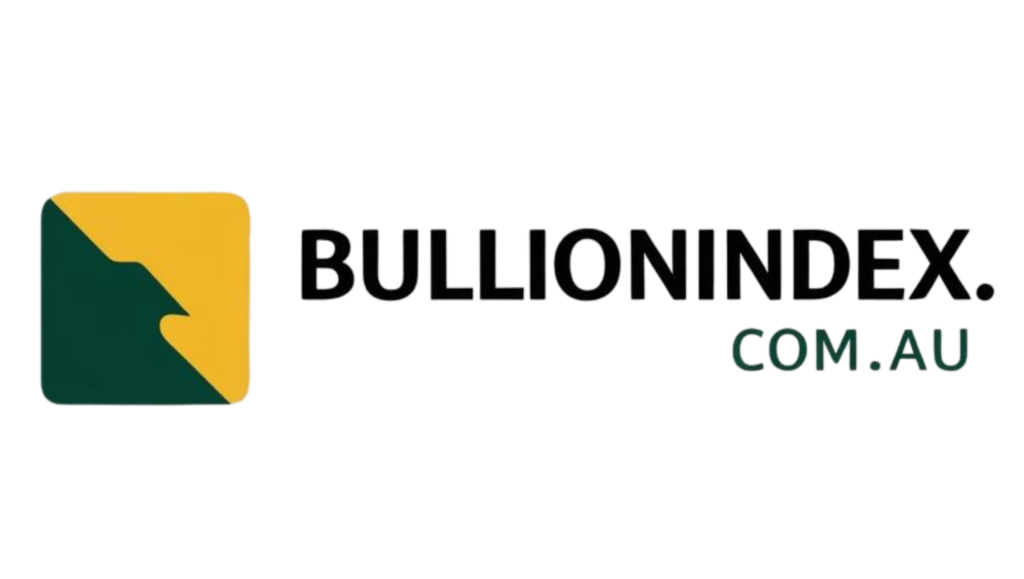Investing in copper has garnered attention due to its industrial significance, with applications in construction, electronics, and renewable energy. Often dubbed “Doctor Copper” for its economic health indicator status, the metal’s demand surges during economic upturns. As countries develop and infrastructure projects expand, the need for copper escalates, offering investors a chance for portfolio diversification and inflation protection.

Copper’s antimicrobial properties have added value, particularly in healthcare settings, contributing to a hygienic environment and infection control. Furthermore, the green energy transition has propelled copper demand, with wind turbines, solar panels, and electric vehicles requiring substantial copper quantities for production. Aligning portfolios with eco-friendly trends presents long-term investment prospects.

Various investment avenues exist for those considering copper, including copper futures, stocks of mining or refining companies, ETFs, mutual funds, and physical copper. Diversifying a copper portfolio involves investing across different segments of the industry, such as mining companies with diverse geographical focuses, exploration companies seeking new deposits, and established producers offering stability and dividends.
Government incentives worldwide aim to boost copper investments, with initiatives like tax breaks, grants, and infrastructure projects supporting the sector. Countries like Chile and Zambia provide tax regimes and subsidies to encourage investment in copper mining. Staying informed about such policies can enhance investment returns and sustainability in the copper industry.

Copper ETFs and mutual funds offer diversified and convenient investment options, allowing exposure to a range of copper-related assets without the need to manage individual stocks. These funds provide liquidity and ease of trading, enabling investors to adjust their positions swiftly based on market conditions and investment goals.

Copper investments have a significant global market impact, influencing industries relying on the metal like construction, electronics, and automotive manufacturing. The shift towards renewable energy sources further drives copper demand, with the metal essential in technologies like solar panels and electric vehicles. Long-term investing in copper requires monitoring global trends, diversification, and aligning investments with financial goals.
Identifying top small-cap, startup, and established companies in the copper sector demands thorough research, focusing on financial strength, management expertise, competitive advantages, responsible mining practices, and market dynamics. Understanding market trends, regulations, and macroeconomic factors is crucial for informed investment decisions in the copper industry.
While investing in copper offers potential rewards like diversification and attractive returns, it carries risks such as price volatility, regulatory changes, geopolitical instability, and demand fluctuations. Careful research, diversification, and staying informed about industry trends are essential for investors looking to benefit from copper’s versatile applications and market dynamics.


